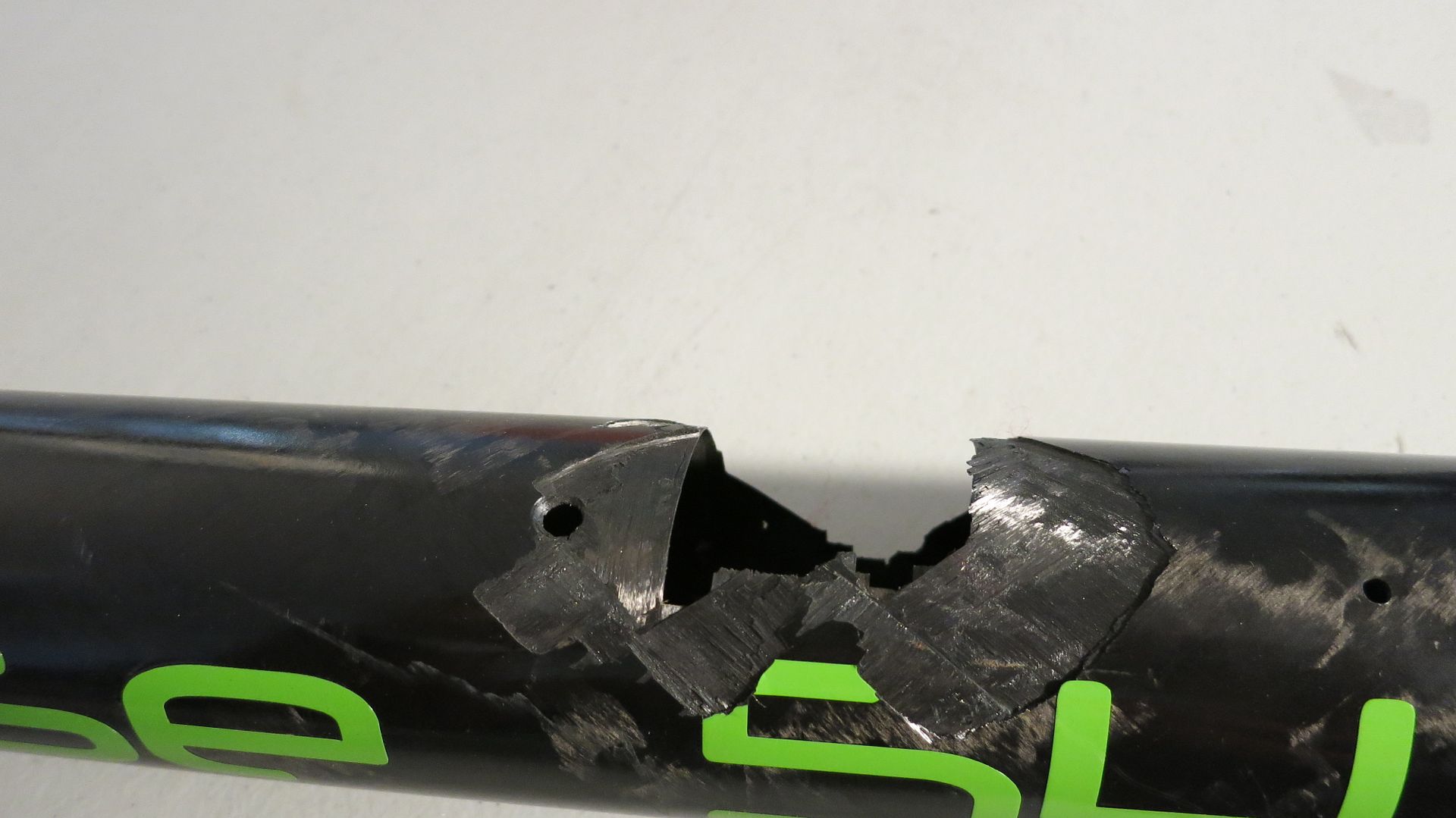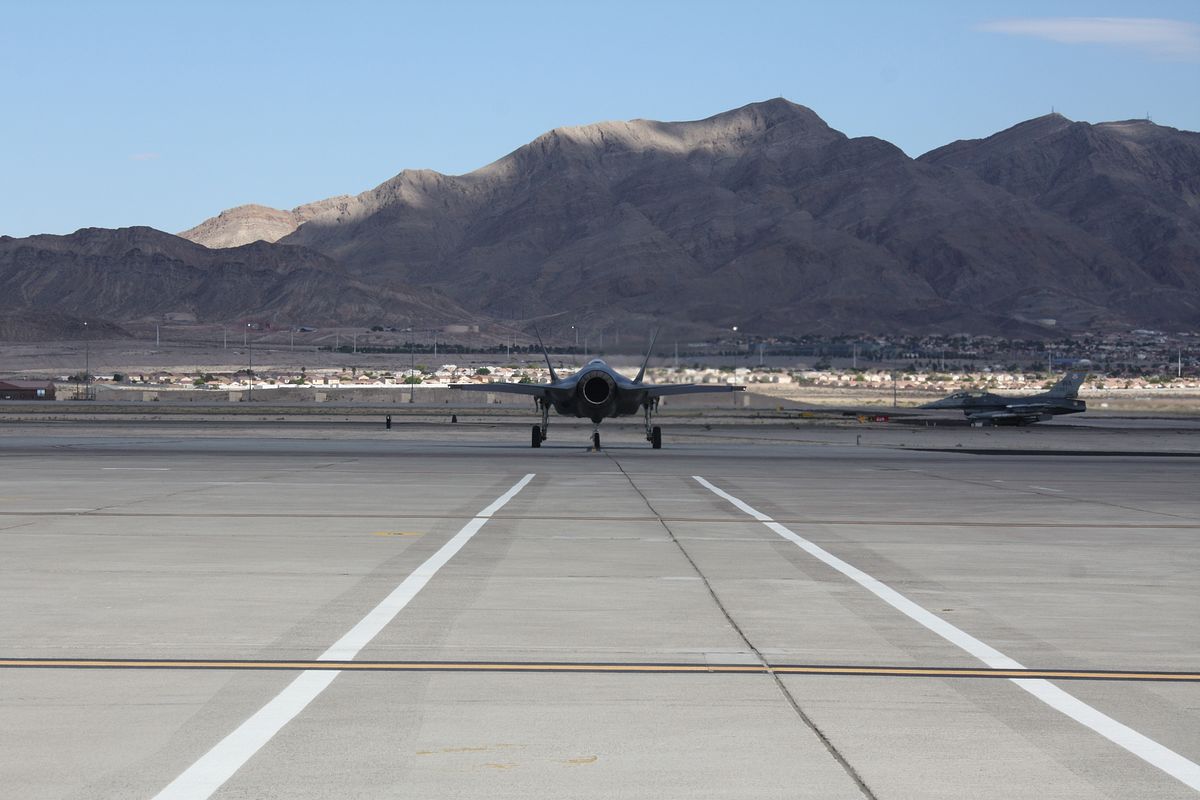Viperfixr
Born Again Rocketeer
- Joined
- Jan 19, 2009
- Messages
- 1,474
- Reaction score
- 73
Been doing HPR since 2008, but never been to an LDRS. That changes this year! I am giddy at the thought of seeing the rocket pasture with a (insert paperwork required if going above 23k, at least one month prior) 50k waiver. I have a 54mm MD rocket that will rock a CTI L935 or AT L1000W, but I think a 75mm MD rocket is called for. I have exceeded 14k a few times, but it is time to do more.
My goals are simple: break 20k with the 54mm MD rocket (easy, I think) and to break 30k AGL with a 75mm one.
Seems most of the options these days are Wildman, which is great--I am a fan. I am debating between one of those really slick looking Binder AL fin cans [on a CF airframe?] or something like a Wildman Blackhawk 75 or Mach 3. Or, some other approach entirely? I have an unbuilt Wildman 3' FG kit that could easily be done without the motor tube. I like the WM Falcon 3, but that's more than I want to spend right now. After scouring the TRF archives, I still have a few questions.
Couple questions for those who've been down this path already:
- Fly away guides? I have a launch tower that is 4' tall. Perhaps Argonia has one for use. Either way, would you use fly away guides for such a flight?
- Much benefit going with a CF airframe vs. FG for the goal of breaking 30k (i.e. not setting a record)?
- Any thoughts on fin cans vs. traditional surface mounted fins? If later, tip-to-tip needed? Special adhesive?
Regardless, I am planning on redundant electronics via Stratologger CFs and Doghouse charge canisters w/terminals built in. I have surgical tubing for ejection charges as well. And, I have trackers-a-plenty--both BigRedBee TXs and a Featherweight GPS. Motor choice will be somewhat limited by availability, but either the CTI M840, CTI M2020 or the AT M685 would be good.
Time to pick a path!
My goals are simple: break 20k with the 54mm MD rocket (easy, I think) and to break 30k AGL with a 75mm one.
Seems most of the options these days are Wildman, which is great--I am a fan. I am debating between one of those really slick looking Binder AL fin cans [on a CF airframe?] or something like a Wildman Blackhawk 75 or Mach 3. Or, some other approach entirely? I have an unbuilt Wildman 3' FG kit that could easily be done without the motor tube. I like the WM Falcon 3, but that's more than I want to spend right now. After scouring the TRF archives, I still have a few questions.
Couple questions for those who've been down this path already:
- Fly away guides? I have a launch tower that is 4' tall. Perhaps Argonia has one for use. Either way, would you use fly away guides for such a flight?
- Much benefit going with a CF airframe vs. FG for the goal of breaking 30k (i.e. not setting a record)?
- Any thoughts on fin cans vs. traditional surface mounted fins? If later, tip-to-tip needed? Special adhesive?
Regardless, I am planning on redundant electronics via Stratologger CFs and Doghouse charge canisters w/terminals built in. I have surgical tubing for ejection charges as well. And, I have trackers-a-plenty--both BigRedBee TXs and a Featherweight GPS. Motor choice will be somewhat limited by availability, but either the CTI M840, CTI M2020 or the AT M685 would be good.
Time to pick a path!







